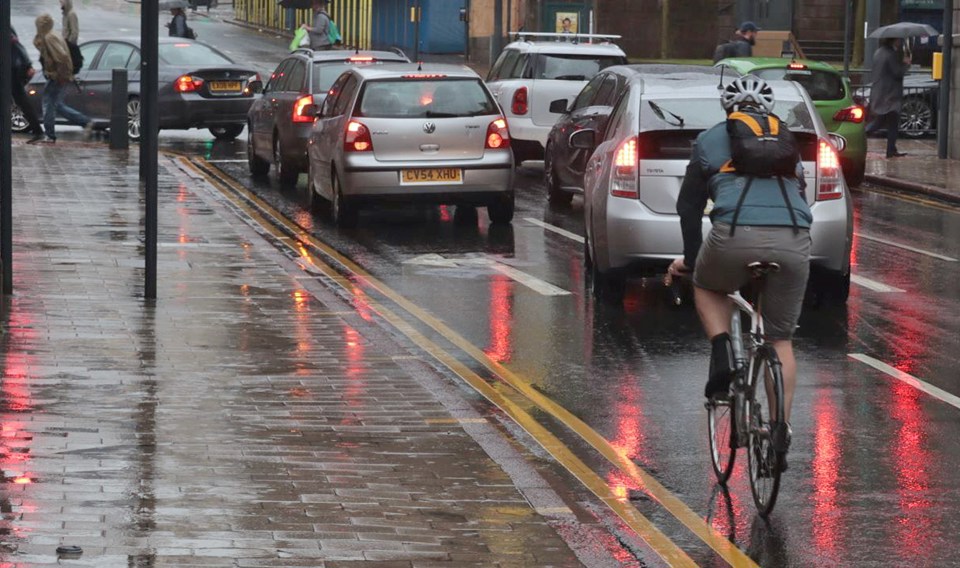The European Commission has started the regulatory work aimed at setting the next stage of type approval requirements for vehicle emissions, it will be known as Euro 7/VII.
Following a public consultation, which ends in November 2020, the Commission will carry out an evaluation of the current Euro 6/VI vehicle emission standards to assess its impact to date.
The evaluation will assess to what extent the Euro 6/VI vehicle emission standards have achieved their objectives of harmonising the rules on pollutant emissions from vehicles and improving air quality by reducing pollutants emitted by road transport.
The existing vehicle emission standards include real-driving emissions (RDE) testing for cars and vans and portable emission measurement systems (PEMS) testing for lorries and buses. Since its introduction, and subequent revisions, this has led to an improvement in the emissions performance of vehicles.
The European Commission, however, believes that the current standards do not sufficiently contribute to the decrease in air pollutant emissions emerging from road transport, required for the move towards zero-pollution in Europe.
It believes there are three areas that prevent Euro6/VI from being effective and wants to resolve them with the new standards.
The first issue is complexity. There are separate regulatory frameworks for vehicle types, different dates of entry into force for Euro 6/VI steps, many different emission tests and differences in emission standards based on fuel and technology.
This complexity requires time and significant resources for both manufacturers and national authorities, which has led to a high testing and administrative burden, as well as a risk of misinterpretations in the application of the standards.
The European Commission also believes that the current emission limits no longer represent the available emission reduction technology.
Lastly, it says that real-world emissions are still not measured under all conditions of use in Euro 6/VI and are not monitored throughout the entire lifetime of the vehicle.
As a result, the Commission has identified a preliminary set of policy options to achieve the specified objectives. They will be revised once all the results of the evaluations/studies are available.
- Option one will consider a narrow revision of Euro 6/VI and would involve setting up a single air pollutant emissions standard for cars, vans, lorries and buses. It would also involve simplifying the existing emission tests while keeping a focus on real-world testing
- Option two will consider a wider revision of Euro 6/VI by including more stringent air pollutant emission limits for all vehicles. This would involve stricter emission limits for regulated air pollutants and/or new emission limits for currently non-regulated air pollutants
- Option three will consider a comprehensive revision of Euro 6/VI by introducing real-world emission monitoring over the entire lifetime of a vehicle. Data on air pollutant emissions collected through on-board monitoring (OBM) would subsequently support market surveillance and in-service conformity testing
An implementation plan is not planned at this time, but one may be considered when the preferred option has been selected. The European Commission says this implementation plan would address the possible implementation challenges that the preferred option will face.





















Login to comment
Comments
No comments have been made yet.